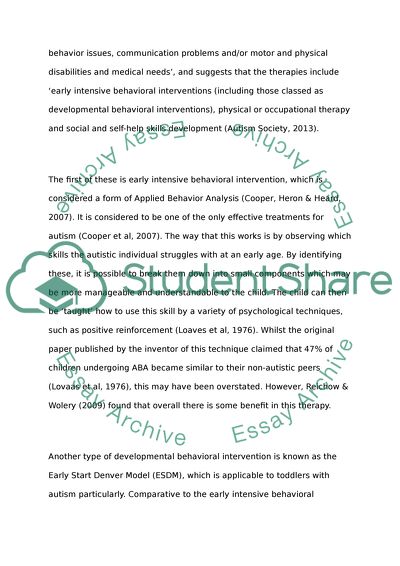Cite this document
(“Autisms affect on skill acquisition (learning) Admission/Application Essay”, n.d.)
Autisms affect on skill acquisition (learning) Admission/Application Essay. Retrieved from https://studentshare.org/health-sciences-medicine/1472258-autisms-affect-on-skill-acquisition-learning
Autisms affect on skill acquisition (learning) Admission/Application Essay. Retrieved from https://studentshare.org/health-sciences-medicine/1472258-autisms-affect-on-skill-acquisition-learning
(Autisms Affect on Skill Acquisition (learning) Admission/Application Essay)
Autisms Affect on Skill Acquisition (learning) Admission/Application Essay. https://studentshare.org/health-sciences-medicine/1472258-autisms-affect-on-skill-acquisition-learning.
Autisms Affect on Skill Acquisition (learning) Admission/Application Essay. https://studentshare.org/health-sciences-medicine/1472258-autisms-affect-on-skill-acquisition-learning.
“Autisms Affect on Skill Acquisition (learning) Admission/Application Essay”, n.d. https://studentshare.org/health-sciences-medicine/1472258-autisms-affect-on-skill-acquisition-learning.


